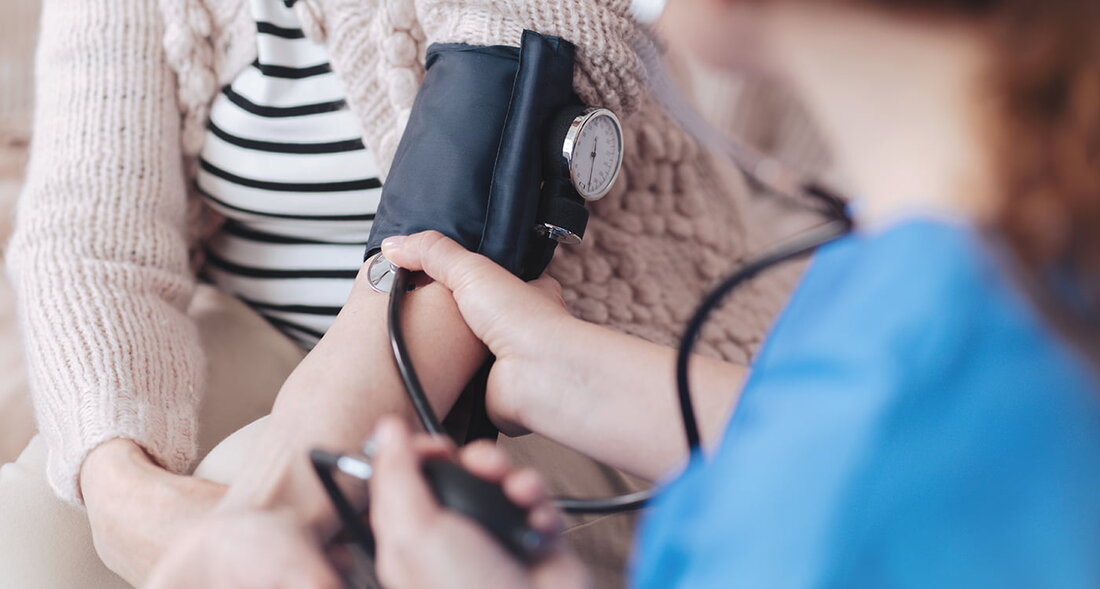Arthritis Treatment: New Approaches to Treating Gouty Arthritis
Gout is a common cause of arthritis, affecting more than 8 million Americans. Although men are affected more than women, the incidence of the disease appears to increase in postmenopausal women. The overall incidence appears to be increasing as a result of the epidemic of obesity, hypertension, diabetes and elevated lipids, all of which are associated with gout. Gout is caused in 90 percent of cases by the kidneys' inability to get rid of urate. The other 10 percent experience overproduction of urate. Animals other than humans don't get gout because they have an enzyme called uricase that breaks down urate...

Arthritis Treatment: New Approaches to Treating Gouty Arthritis
Gout is a common cause of arthritis, affecting more than 8 million Americans. Although men are affected more than women, the incidence of the disease appears to increase in postmenopausal women. The overall incidence appears to be increasing as a result of the epidemic of obesity, hypertension, diabetes and elevated lipids, all of which are associated with gout.
Gout is caused in 90 percent of cases by the kidneys' inability to get rid of urate. The other 10 percent experience overproduction of urate.
Animals other than humans don't get gout because they have an enzyme called uricase, which breaks down urate and allows the animal to excrete it. Humans, on the other hand, lack this enzyme and are therefore unable to excrete urate (uric acid) adequately. This leads to the accumulation of uric acid crystals in the joints and other organ systems.
Gout typically occurs in three stages. The first stage is the so-called “asymptomatic hyperuricemia”. Asymptomatic hyperuricemia is characterized by an increased level of uric acid in the blood without gout attacks. However, the higher the level of uric acid in the blood, the greater the likelihood of a possible attack.
The second phase or stage is called “acute intermittent gout.” During this stage, patients have gout attacks, but after the attack is over, they are relatively symptom-free. There is a risk here that the chronic inflammation will persist despite the absence of symptoms.
The third stage is called “chronic gout”. During this phase, patients experience chronic pain due to repeated gout attacks with increasing burden of urate accumulation in the joints, kidneys, and other organ systems. Patients develop “tophi,” which are deposits of inflammatory cells, urate crystals, and fibrin. Gradual destruction of the joints occurs with the development of a debilitating deformity.
Treatment of gouty arthritis consists of a dual approach with relief of the acute attack accompanied by attempts to reduce urate exposure.
Acute attacks can be treated with colchicine, nonsteroidal anti-inflammatory drugs, and steroids. The latter can be given either orally or directly into the affected joint.
Medications that lower urate levels must be used for the chronic treatment of gout. If these medications are initiated, they must be accompanied by gout prophylaxis in the form of daily doses of colchicine or nonsteroidal anti-inflammatory drugs for at least six months. The reason is this: Since the urate shifts as a result of the action of drugs that lower uric acid, there is a predisposition to acute attacks.
Urate-lowering medications consist of medications that cause patients to urinate their uric acid (probenecid), medications that suppress uric acid production (allopurinol, febuxostat [Uloric]), and uricolytic medications. An example of the latter is pegloticase (Krystexxa), which converts uric acid into allantoin, an inert component that is then excreted.
Advising a patient on lifestyle and diet also plays a role in the comprehensive treatment of gout.
Inspired by Nathan Wei

 Suche
Suche
 Mein Konto
Mein Konto
